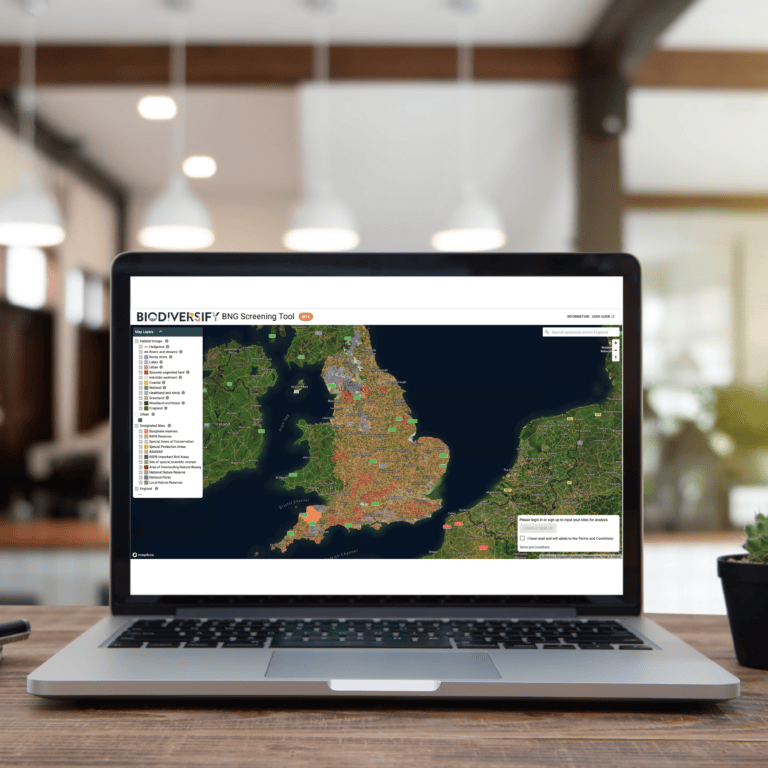Science-based ecological softscape planning service

Problem Addressed
Urban biodiversity restoration provides an opportunity to mitigate the effects of climate change and ecosystem degradation as they can serve as safeguards of biodiversity while enhancing social value in the neighbourhoods they occupy. Many real estate developers are engaged in the creation of these urban green areas, but they face challenges in quantifying the net gain produced by green infrastructure and conducting nature restoration based in science.
Case Study
To evaluate the positive effects of biodiversity of using native species, one of Japan’s largest housing companies has been promoting native tree planting in residential areas through their “Gohon no ki” project, but they have found quantifying the impacts quite challenging. Think Nature conducted a quantitative evaluation of their project, visualising its effects. Their analysis revealed that the number of bird species doubled in houses within the project compared to those outside it, and the number of butterfly species was five times higher.
Facts and Figures
This page presents data, evidence, and solutions that are provided by our partners and members and should therefore not be attributed to UKGBC. While we showcase these solutions for inspiration, to build consensus, and create momentum for climate action, UKGBC does not offer commercial endorsement of individual solutions. If you would like to quote something from this page, or more information, please contact our Communications team at media@ukgbc.org.
Related members
Related
Biodiversity Net Gain Tool

BNG Screening Tool

Framework for Integrating High Quality Green Infrastructure

SaaS tool for evaluation, optimisation and certification of climate-resilient design

